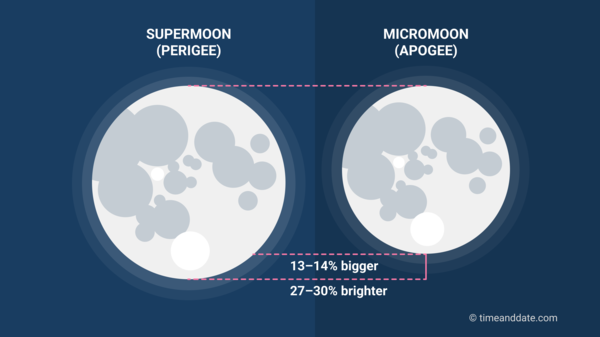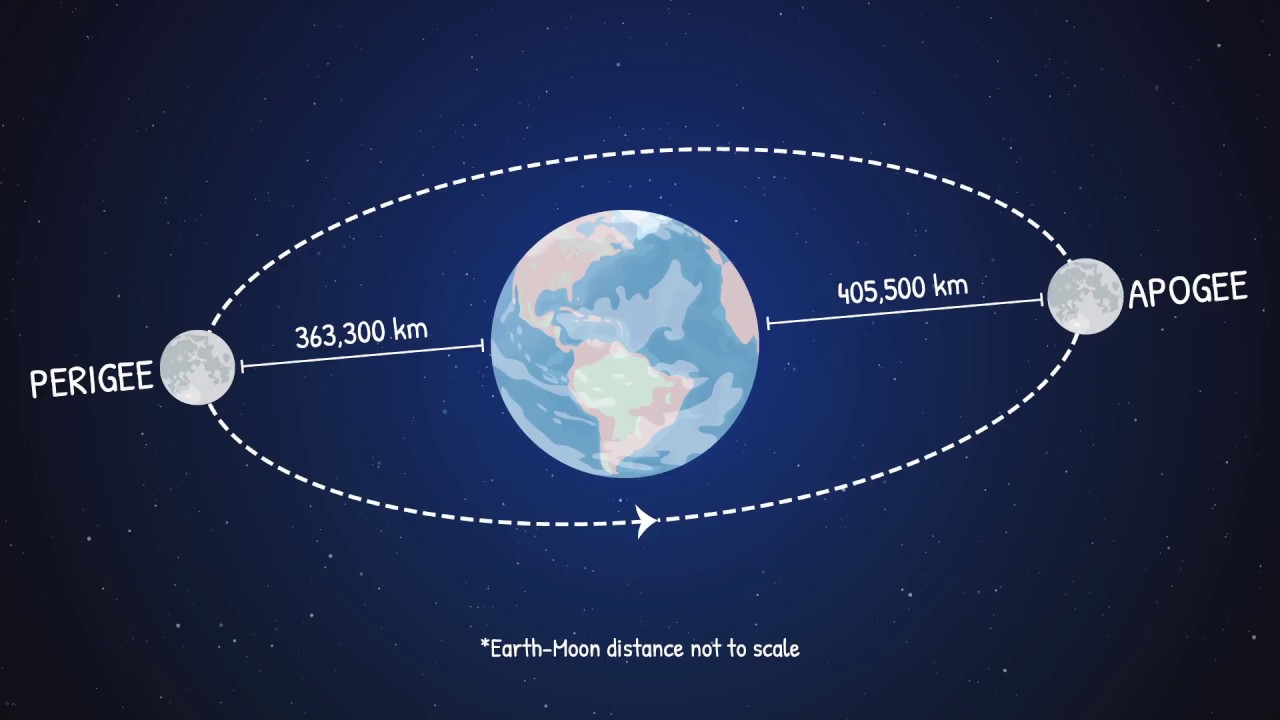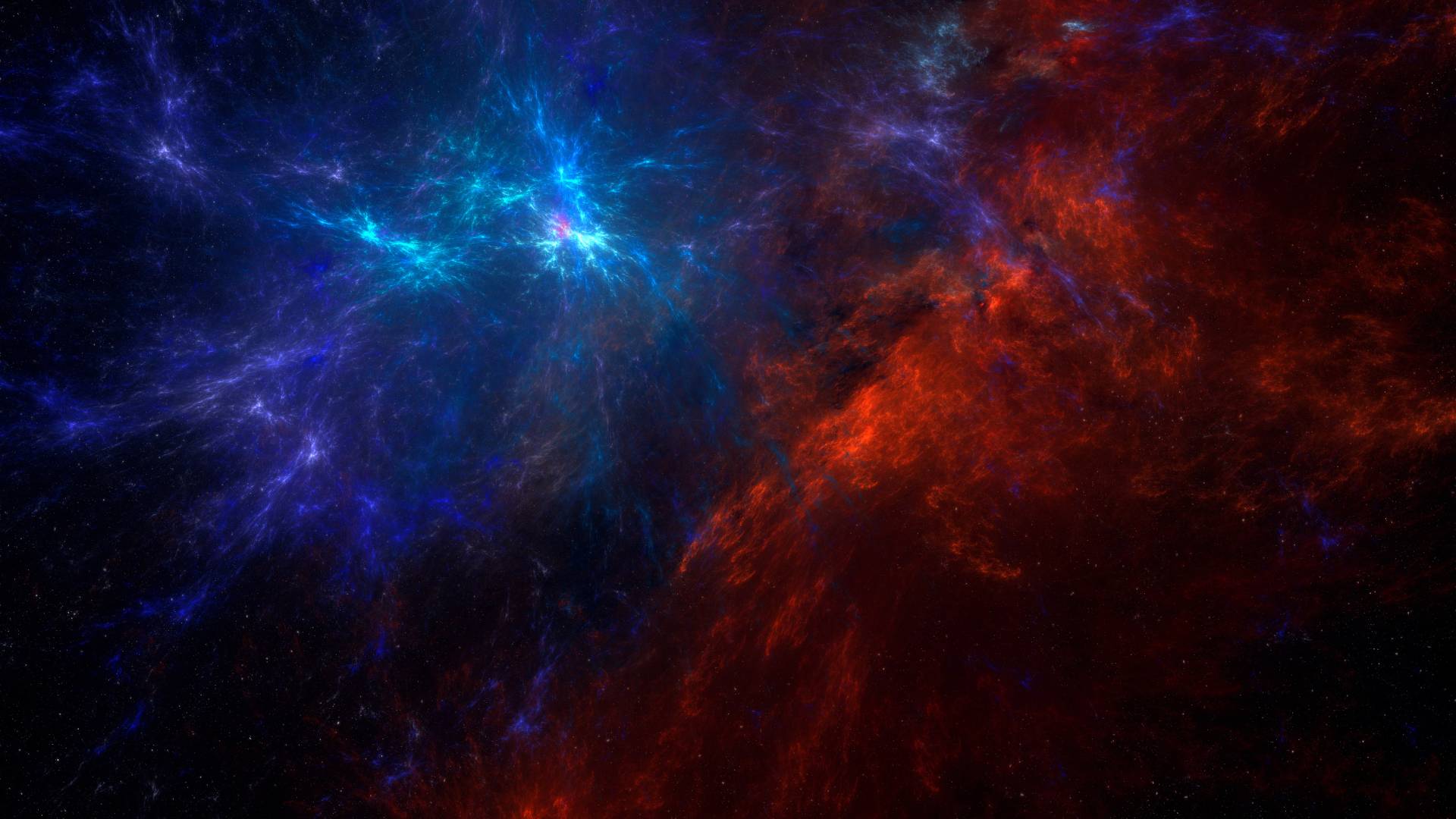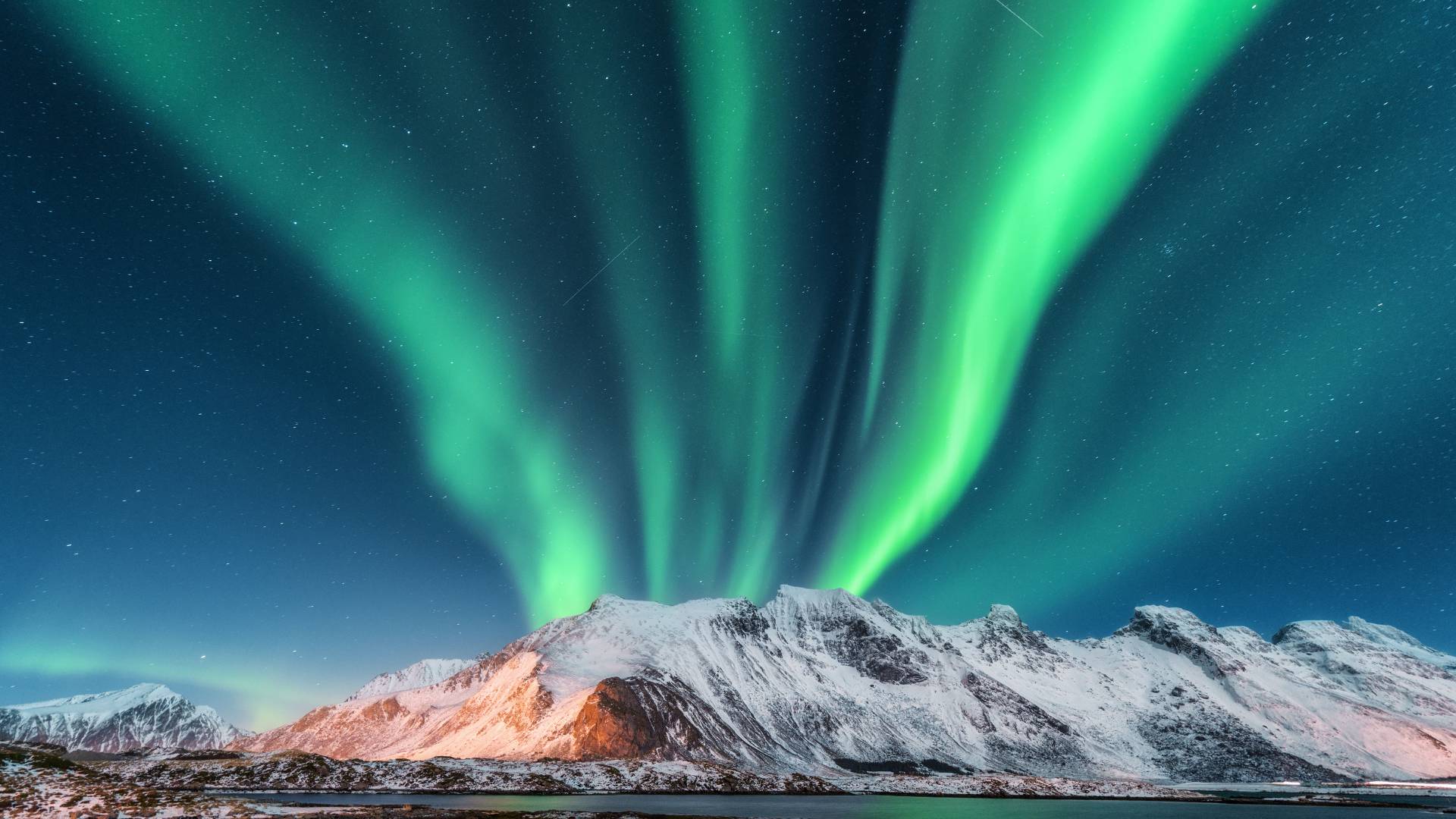The full moon has fascinated humanity for thousands of years. Its luminous glow, shifting colors, and apparent size changes have inspired myths, rituals, and countless artistic depictions. But have you ever looked up at the night sky and wondered why the moon sometimes looks massive — almost as if it’s closer to Earth?
This striking sight is often referred to as a supermoon, but not every “big” moon you see is truly one. Sometimes, it’s just your eyes playing tricks on you — a fascinating phenomenon known as the moon illusion.
At Spaceyv, we love unraveling the mysteries of the night sky. In this article, we’ll explore why some full moons look bigger, what really causes the supermoon effect, and how you can distinguish optical illusion from astronomical reality.
🌕 What Is a Supermoon?
The term “supermoon” describes a full moon that appears larger and brighter than usual because it occurs when the moon’s orbit brings it closer to Earth.
The moon doesn’t orbit the Earth in a perfect circle — it travels in an elliptical (oval) path. This means that at certain points in its orbit, it’s closer to Earth (perigee) and at other times, it’s farther away (apogee).
-
Perigee distance: about 356,500 km (221,500 miles)
-
Apogee distance: about 406,700 km (252,700 miles)
When a full moon happens at or near perigee, the moon can appear up to 14% larger and 30% brighter than when it’s at apogee. This is what we call a supermoon.

However, even though the moon is technically larger and brighter, our eyes often exaggerate this effect — and that’s where the moon illusion comes in.
🌍 The Moon Illusion: Why the Moon Looks Bigger Near the Horizon
One of the most common and puzzling phenomena is the moon illusion — the perception that the moon looks much larger when it’s near the horizon than when it’s high in the sky.
✨ The Science Behind the Illusion
Contrary to what you might think, the moon doesn’t physically change size or distance as it moves across the sky. The “big moon” effect is purely a trick of human perception.
Here’s why it happens:
-
Relative Size Comparison:
When the moon is near the horizon, we can compare it to familiar objects — trees, buildings, or mountains. Our brain uses these visual references and interprets the moon as larger than it really is. -
Perceived Distance:
Our brain assumes that the sky’s dome is closer overhead and farther at the horizon. So, when the moon appears on the horizon, our brain perceives it as being farther away — and therefore, it “enlarges” the image to match that perceived distance. -
Atmospheric Refraction:
The atmosphere bends (refracts) light when the moon is near the horizon, slightly flattening its shape. Though this doesn’t significantly enlarge it, it can enhance the illusion of a “huge, orange moon.” -
Color Perception:
When the moon is low, it looks orange or reddish due to scattering of shorter blue wavelengths in the atmosphere. This warm hue makes it appear closer and larger — similar to how a sunset feels “big” and near.
🔭 Supermoon vs. Moon Illusion: What’s the Difference?
While both make the moon appear larger, they’re caused by very different factors:
| Feature | Supermoon | Moon Illusion |
|---|---|---|
| Cause | The moon is physically closer to Earth (perigee). | The moon appears larger due to visual perception tricks. |
| Scientific Basis | Astronomical and measurable. | Psychological and optical. |
| Brightness | Actually brighter and bigger. | Same size — just perceived differently. |
| Occurs When | Full moon coincides with perigee. | Anytime the moon is near the horizon. |
In short:
A supermoon is a real, measurable astronomical event.
The moon illusion is how your brain interprets what your eyes see.
Sometimes, they happen together — and that’s when the moon looks truly spectacular.
🌌 How Often Do Supermoons Occur?
Supermoons aren’t rare — they usually occur 3 to 4 times a year.
Because the moon takes about 27.3 days to complete one orbit around Earth, and its distance varies during each orbit, not every full moon aligns perfectly with perigee. However, when they do line up, we get a supermoon.
Recent and Upcoming Supermoons:
| Year | Month | Name of Full Moon | Type |
|---|---|---|---|
| 2025 | February | Snow Moon | Supermoon |
| 2025 | March | Worm Moon | Supermoon |
| 2025 | September | Harvest Moon | Supermoon |
| 2025 | October | Hunter’s Moon | Supermoon |
(Dates vary slightly depending on your time zone.)
🌕 Why the Moon Looks Different Throughout the Year
The moon’s appearance can change for several reasons besides distance:
-
Atmospheric Conditions: Dust, smoke, or pollution can alter the moon’s color and brightness.
-
Angle of Observation: When viewed through more of Earth’s atmosphere (near the horizon), the moon’s light is scattered and tinted.
-
Seasonal Tilt: The Earth’s tilt affects how high or low the moon appears in the sky.
These factors combine to give each full moon its own unique look — from the pale silver moon of winter to the orange glow of a summer moonrise.
🔬 The Physics Behind the Supermoon
When the moon is closer to Earth (perigee), it reflects more sunlight, making it appear brighter and larger. The difference in apparent size is subtle but measurable with telescopes and high-precision cameras.
Let’s break it down:
-
Angular size at perigee: ~33.5 arcminutes
-
Angular size at apogee: ~29.4 arcminutes
That’s about a 14% increase in diameter — or roughly 30% increase in brightness.
However, the human eye can’t easily detect size differences smaller than 10%, which is why the moon only seems dramatically larger when compared to its surroundings.
🧠 The Psychology of Perception: Why Our Brain Plays Tricks
Our brains interpret size and distance using context clues. Without a frame of reference (like when the moon is high in the sky), our brain has difficulty judging its size. But near the horizon, surrounded by trees and buildings, the brain automatically compares — and misjudges — the moon’s scale.
This visual misinterpretation is similar to optical illusions like the Ames Room or Ebbinghaus illusion, where surrounding objects influence how large or small something appears.
In essence, your eyes see reality, but your brain interprets it — and sometimes, it gets it wrong.
📸 How to Photograph a Supermoon
Capturing a supermoon can be breathtaking, but it requires the right technique:
-
Use a Long Lens: A telephoto lens (200mm or more) helps capture the moon’s surface details.
-
Include a Foreground: Photographing the moon rising behind buildings, trees, or mountains enhances the sense of scale.
-
Adjust Exposure: Start with ISO 100, aperture f/8, and shutter speed around 1/125s, then adjust as needed.
-
Use a Tripod: Prevents blur and keeps your shot crisp.
-
Shoot at Moonrise or Moonset: This is when the illusion is strongest and lighting is most dramatic.

Pro tip: Use apps like PhotoPills or The Photographer’s Ephemeris to plan your perfect shot.
🌖 Cultural and Symbolic Meaning of a Supermoon
Throughout history, cultures around the world have attributed deep symbolic meanings to the full moon — especially when it appears unusually large or bright.
-
In Native American traditions, each full moon had a name and seasonal significance (e.g., Harvest Moon, Wolf Moon).
-
In astrology, supermoons are said to amplify emotions, intuition, and transformation.
-
In folklore, large moons often symbolize renewal, magic, and heightened energy.
Even today, many people find the sight of a supermoon spiritually uplifting — a reminder of nature’s beauty and our small place in the vast universe.
🌠 Myths vs. Facts About the Supermoon
| Myth | Fact |
|---|---|
| Supermoons cause natural disasters. | False. The moon’s gravitational pull changes slightly, but not enough to cause quakes or extreme tides. |
| Supermoons only happen once a year. | False. There can be up to 4 supermoons in one year. |
| The moon grows physically larger. | False. It only appears larger because it’s closer to Earth. |
| Supermoons are rare astronomical events. | Not really — they’re common, but still beautiful to observe! |
🌕 How to Best Experience a Supermoon
-
Check the Dates: Look up upcoming full moons and find out which ones are supermoons.
-
Find a Clear Horizon: Locations with open views (like beaches or hills) offer the best vantage points.
-
Observe at Moonrise: That’s when the moon illusion is strongest and the view is most dramatic.
-
Use Binoculars or a Telescope: You’ll notice the enhanced brightness and surface details.
-
Enjoy the Moment: Sometimes, the best way to experience a supermoon is simply to pause, look up, and take it all in.
🌌 Final Thoughts: The Beauty of the Supermoon Illusion
The next time you look up and see a full moon that seems impossibly large and bright, remember — it’s a mix of astronomy and psychology at play.
The supermoon showcases the beauty of orbital mechanics, while the moon illusion reminds us that even our perception of the universe is shaped by our minds. Together, they make every full moon a cosmic masterpiece worth watching.
At Spaceyv, we believe that understanding the science behind these celestial events only makes them more magical. So, whether you’re an astronomy enthusiast, a photographer, or simply a lover of the night sky, the next “giant moon” you see is a chance to connect more deeply with the universe above.




